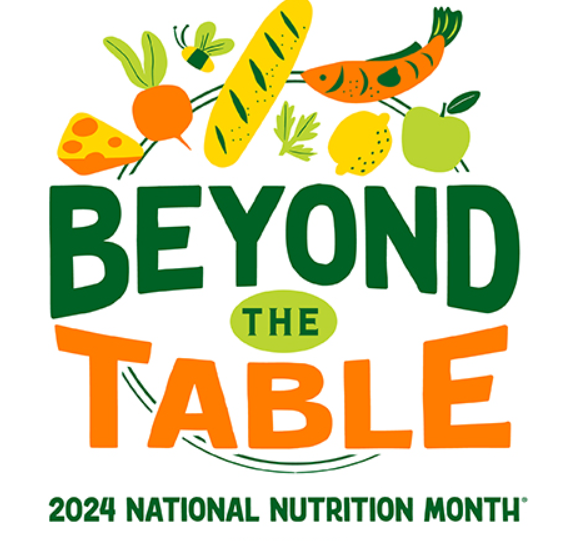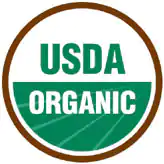
Meal Prep:
- Plan in advance: make a grocery list
- Making a grocery list is an important first step in meal planning!
- Tip: Try to categorize items on your list by where you might find them in the store. This makes your shopping trip more efficient!
- Making a grocery list is an important first step in meal planning!
- Weekly meal planning
- Plan ahead for breakfast, lunch, and dinner.
- Batch Cooking
- Make staples ahead of time and store in fridge/ freezer
- Grains, Vegetables, Proteins
- Make staples ahead of time and store in fridge/ freezer
- Keep a well-stocked pantry
- If you don’t have time to plan meals some days or have unexpected guests, a well-stocked pantry can relieve some of the pressure when it comes time to make a meal. Keep the following on hand for quick, easy-to-fix dishes.
- Shelf Stable Products
- Dried or canned beans, peas and lentils (such as black, garbanzo, kidney, white and pinto beans; green, yellow or split peas and lentils)
- Canned vegetables with no added salt (such as diced tomatoes, peas, green beans and corn)
- Whole grains (such as brown rice, quinoa, oats, millet and whole-grain pasta)
- Pouches or canned fish and chicken
- Olive, canola or other vegetable oils
- Dried herbs and spices
- Frozen Foods
- Vegetables (such as broccoli, cauliflower, carrots and brussels sprouts)
- Fruit (such as berries, cherries and bananas)
- Frozen poultry or seafood
- Invest in the right tools
- Baking sheets and roasting pans
- Stock pot, sauce pans, and skillets
- Tongs and spatulas
- Slotted and mixing spoons
- Potholders and towels
- Colander or strainer
- Mixing bowls in various sizes
- Separate cutting boards for raw and cooked foods – color coordinate so not to mix up
- Measuring cups and spoons
- Chef knives and vegetable peelers
Building a Routine:
- Meal Timing
- Set a regular mealtime. Turn off the TV, phones and other electronic devices to encourage mealtime talk. Get kids involved in meal planning and cooking and use this time to teach them about good nutrition.
- Consistent meal times help build sustainable lifestyle/ dietary changes as well as:
- Keep blood sugar stable
- Consistent energy levels throughout the day
- Control cravings
- Working late night/ overnight shifts
- Your “eating window” is within the hours your body is awake. Disregard the daylight hours.
- Avoid sleeping immediately after meals/snacks as this may result in a spike in blood sugar and increases risk of diabetes. Instead plan to have your last meal 2-3 hours prior to your time of rest/sleep.
Food Budget:
- Buy in season produce
- Fresh fruits and vegetables that are in season are usually easier to get and may be less expensive.
- Freshness-Guide.pdf (usfoods.com)
- Buy in bulk
- Buy frequently used staples in bulk at places such as Costco, BJ’s, or Sam’s Club
- Cook more, eat out less
- Eating out can be expensive. Many foods can be prepared for less money (and more healthfully) at home.
- Pre-packaged foods, like frozen dinners and packaged pasta or rice mixes can also add up when you calculate the cost per serving.
- Find a few simple, healthy recipes your family enjoys and save eating out for special occasions.
- Farmers Markets
- Another way to increase your family’s variety of produce is to visit a farmers market. Locally grown fruits and vegetables are often available for less money than at the grocery store. Check and see where the closest farmers market is in your area.
- Nutritious/ lower cost foods
- Frozen vegetables, frozen fruits
- Canned vegetables labeled “no salt added” or “low in sodium”
- Canned fruit packed in water (no juice, no syrup)
- Master the Shelf Life of Foods
- Many foods and drinks purchased at the grocery store include a date, which indicates when it should be used or sold by. Because these dates refer to the product’s quality, it doesn’t necessarily mean they should be thrown out.
- “Use by”, “Best by” and “Best Before” dates
- Found on foods, such as mustard, salad dressing and ketchup.
- These products usually don’t need to be refrigerated until opened.
- In many cases, they are safe to eat beyond the date as long as they have been stored properly.
- “Sell by” dates
- Displayed on perishable foods, such as meats and dairy products.
- It’s possible these foods may be used a few days after that date, as long as they were stored at a safe temperature.
- Newspaper and online for sales and coupons
- Check the local newspaper and online or at the store for sales and coupons, especially when it comes to more expensive ingredients, such as meat and seafood.
- While at the store, compare prices of different brands and different sizes of the same brand to see which has a lower unit price. The unit price is usually located on the shelf directly below the product.
- Organic vs Non-organic Foods

- The word “organic” means the way farmers grow and process farming (agricultural) products. These products include fruits, vegetables, grains, dairy products such as milk and cheese, and meat.
- 100% organic. This label is used on certified organic fruits, vegetables, eggs, meat or other foods that have one ingredient. It may also be used on food items with many ingredients if all the items are certified organic, except for salt and water. These may have a USDA seal.
- Organic. If a food with many ingredients is labeled organic, at least 95% of the ingredients are certified organic, except for salt and water. The items that aren’t organic must be from a USDA list of approved additional ingredients. These also may have a USDA seal.
- Made with organic. If a product with many ingredients has at least 70% certified organic ingredients, it may have a “made with organic” ingredients label. For example, a breakfast cereal might be labeled “made with organic oats.” The ingredient list must show what items are organic. These products can’t carry a USDA seal.
- Organic ingredients. If a product has some organic ingredients but less than 70% of the ingredients are certified organic , the product can’t be labeled as organic. It also can’t carry a USDA seal. The ingredient list can show which ingredients are organic.
- Is Natural the same as Organic?
- No, “natural” and “organic” are different. Usually, “natural” on a food label means that the product has no artificial colors, flavors or preservatives. “Natural” on a label doesn’t have to do with the methods or materials used to grow the food ingredients.
- PRODUCE: Dirty Dozen and Clean 15
- If you would like to purchase organic produce and are wondering which are most important to prioritize as organic: The Dirty Dozen Which produce can you can save money, as it is not necessary to purchase organic: Clean Fifteen

